
What is the Production Hole Diameter?
Definition of Production Hole Diameter The production hole diameter refers to the final drilled diameter of a wellbore that will be used for oil and[…]
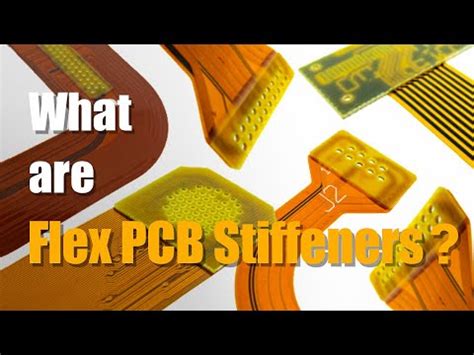
Flexible PCB Manufacturing Process: How to Fabricate FPC
What is a Flexible PCB? A flexible PCB, also known as a flex circuit or FPC, is a printed circuit board made from flexible materials,[…]
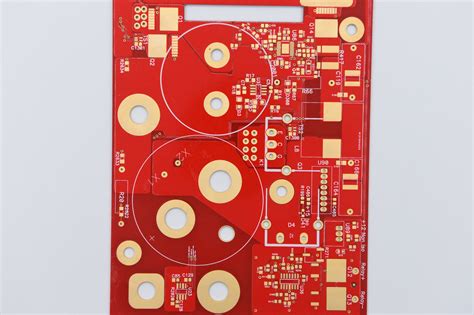
The Ultimate Guide To Heavy Copper PCB Manufacturing
Introduction to Heavy Copper PCB Heavy copper PCBs are printed circuit boards that feature thicker copper traces than standard PCBs. These boards are designed to[…]

What is Flexible PCB?
Introduction to Flexible PCB Flexible Printed Circuit Boards (Flexible PCBs) are a type of printed circuit board that can bend, twist, and fold without losing[…]
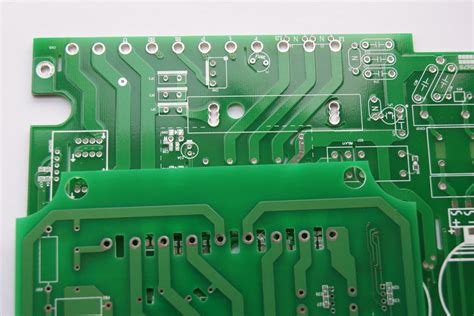
What Is Heavy Copper PCB
Introduction to Heavy Copper PCB Heavy copper PCB, also known as thick copper PCB or high current PCB, is a type of printed circuit board[…]
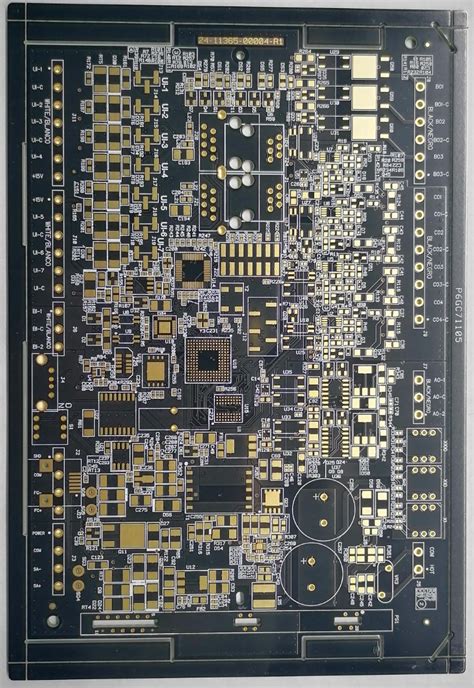
What Is High TG PCB ?
Why Use High-TG PCBs? There are several reasons why High-TG PCBs are preferred in certain applications: Increased Thermal Stability: High-TG PCBs can withstand higher operating[…]
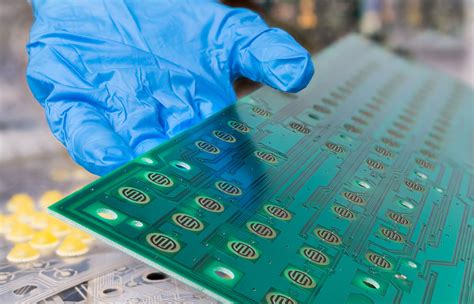
Reducing PCB Cost –Top 7 Tips to Help Save Cost During PCB Manufacturing & Assembly
1. Optimize PCB Design for Manufacturing One of the most effective ways to reduce PCB cost is to optimize the design for manufacturing (DFM). DFM[…]
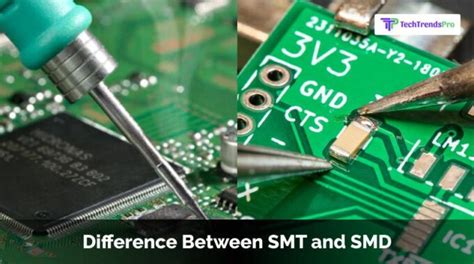
THT vs. SMD – Which Is the Better PCB Assembly Process?
What is Through-Hole Technology (THT)? Through-hole technology, also known as through-hole mounting or thru-hole mounting, is the traditional method of assembling electronic components onto a[…]
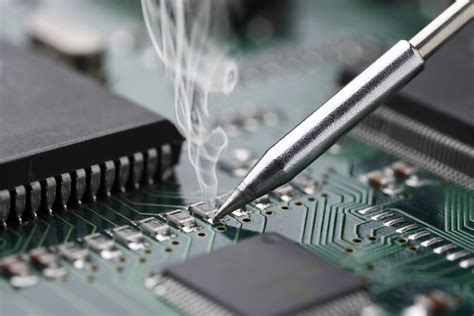
What Is PCB Assembly: A Comprehensive Guide for Beginners
Introduction to PCB Assembly PCB assembly is the process of populating a printed circuit board (PCB) with electronic components to create a functional circuit. It[…]
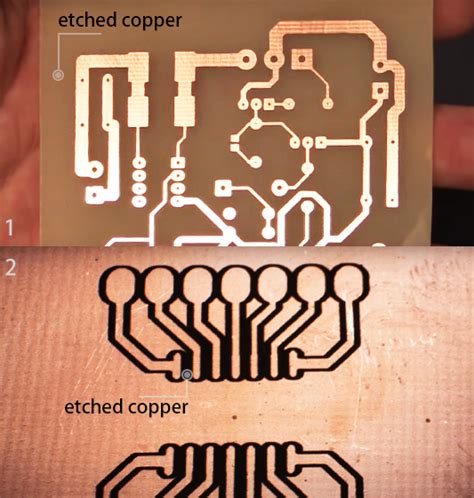
9 Reasons We Do not Recommend PCB Etching At Home
Introduction to PCB Etching PCB (Printed Circuit Board) etching is the process of removing unwanted copper from a PCB to create the desired circuit pattern.[…]